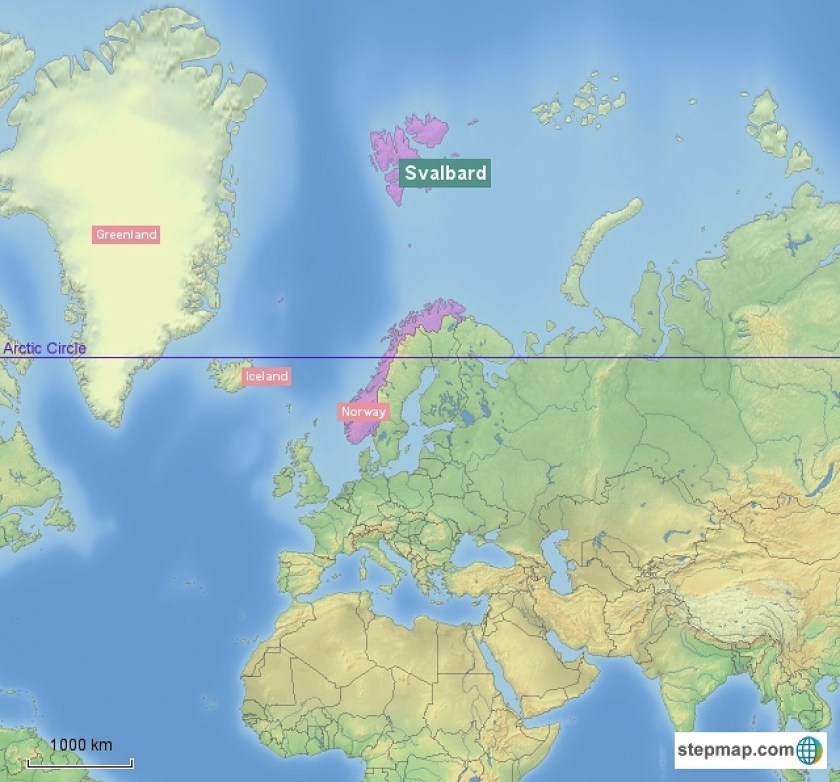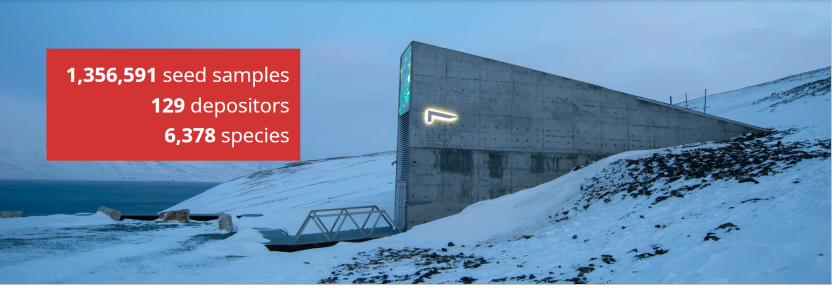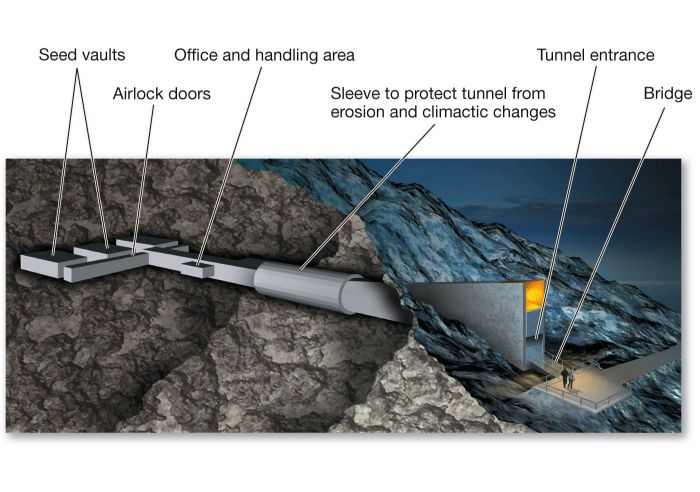Preface 2023
Preface – magazine 2023 A contemporary magazine feeds upon dynamism and vigour. It instantly perceives the inputs deriving from the readers and evolves, offering its best at...
Filter by Category
Preface – magazine 2023 A contemporary magazine feeds upon dynamism and vigour. It instantly perceives the inputs deriving from the readers and evolves, offering its best at...
What would we need one day if everything goes awry? Gold, oil, diamonds? The answer could be different and, in a certain way, unexpected: seeds. Small but essential, vital for us....
Around the mid-fifth century BC, the famous Greek historian Herodotus of Halicarnassus visited Egypt. Later, when he wrote the celebrated Histories, he dedicated the entire second...
For comedy writer and director Eduardo de Filippo, one of the geniuses of Italian and Neapolitan theatres of the 20th century, food always had great value. For him and every...
by Ilaria Persello According to an estimate from Coldiretti, the federation of Italian farmers, reported some time ago inside Il Sole24Ore, 60% of pet owners spend between 30 and...
by Franco Banchi New Atlantis is an unfinished utopian novel by Francis Bacon, written in 1624 and posthumously published in 1627. Bacon tells the story of a group of 51...
Bauerngarten: the essence of South Tyrol in a few square metres By Ilaria Persello What is a Bauerngarten? In South Tyrol, people usually stop to admire the small plot of...
by Franco Banchi Not everyone knows that UNESCO in 2011 declared the 30th of April the International Jazz Day to celebrate such a renowned musical genre and its ability to unite...
By Anna Cafissi The Iliad and the Odyssey are the oldest poems of Western literature. They were written in the dark centuries following the disappearance of the Mycenaean kingdoms...
by Franco Banchi New Atlantis is an unfinished utopian novel by Francis Bacon, written in 1624 and posthumously published in 1627. Bacon tells the story of a group of 51...
By Ilaria Persello Last January, Palazzo Medici housed two conferences on the secrets of coffee and wine organised by the Associazione Consonanze and the online journal...
What would we need one day if everything goes awry?
Gold, oil, diamonds? The answer could be different and, in a certain way, unexpected: seeds. Small but essential, vital for us.
With such awareness, 1.200 kilometres from the North Pole, in the icy heart of the Svalbard archipelago, they built one of the most fascinating places of our times: the Svalbard Global Seed Vault, the global vault of seeds.
The Svalbard islands lie in the Arctic Ocean and represent the northernmost part of Norway, as well as the northernmost inhabited land on the planet. It is here, in the land of the midnight sun and of the polar night, since from April to August, the sun never sets. On the contrary, during the winter months, when there is no daylight, they built this vault: behind a steel door set in the rocks and surrounded by snow and ice, a tunnel excavated in the mountain reaches three safe rooms. Here, at -18°C, they have stored 1.3 million seed samples, seeds from all over the world, including wheat, rice, corn, legumes, vegetables, and wild plants. All this represents a backup of the world’s agricultural biodiversity.

The idea of creating a global vault of seeds emerged in the 1980s when the Nordic Gene Bank began to protect northern seeds in an abandoned mine in Svalbard. It was in 204, thanks to the efforts of the geneticist Cary Fowler and the support of the FAO and the International Treaty on Plant Genetic Resources for Food and Agriculture, that the Norwegian government decided to build a permanent structure. They inaugurated this vault in February 2008. Today, a committee operates it that includes the Norwegian government, the Nordic Genetic Resource Center (NordGen), and the Crop Trust.
Food is geopolitics.
Food is not just nourishment. It is power, identity, and survival. Who oversees food resources can control the stability of entire regions of the world, and this is clear in recent episodes, such as the wars around wheat exportation and the embargoes. In this scenario, seeds become a strategic resource.

Furthermore, the Seed Vault represents a form of farm diplomacy: each country can entrust its seeds, which remain on its property, and nobody can access them without permission. That is a form of reciprocal trust, rare and precious, that strengthens international cooperation even in these times of tension. The Svalbard Treaty of 1920 guarantees access to the signatory countries. That makes the archipelago a place of worldwide collaboration.
On the other side, the vault has already shown its geopolitical usefulness. In 2015, ICARDA (International Center for Agricultural Research in the Dry Areas) collected seeds deposited in Svalbard after the war in Syria had made the gene bank in Aleppo inaccessible.
(photo)
In times of greater international conflicts, Svalbard remains a unique place: politically stable, geographically isolated, and naturally cold. The permafrost helps preserve the seeds in case of electrical damage.
They built the vault to withstand natural disasters, wars and energy crises. It is a global good, an insurance on life for worldwide agriculture. In a world of environmental crisis, conflict and instability, the Seed Vault represents a strategic patrimony for food safety in the future. Not just a deposit, it is a symbol of resilience and global cooperation.

In un clima di sempre maggiore tensione internazionale, le Svalbard sono un luogo unico: politicamente stabili, geograficamente isolate, naturalmente fredde. Il permafrost aiuta a conservare i semi anche in caso di guasto elettrico.
Il Vault è costruito per resistere a disastri naturali, guerre, sabotaggi e crisi energetiche. È un bene comune globale, un’assicurazione sulla vita per l’agricoltura mondiale. In un mondo segnato da crisi ambientali, conflitti e instabilità, il Seed Vault rappresenta un patrimonio strategico per la sicurezza alimentare del futuro. Non è solo un deposito: è un simbolo di resilienza e cooperazione globale.
____________
https://www.fao.org/plant-treaty/areas-of-work/the-multilateral-system/svalbard/en/
Luca Galantini,
Marco Maldera